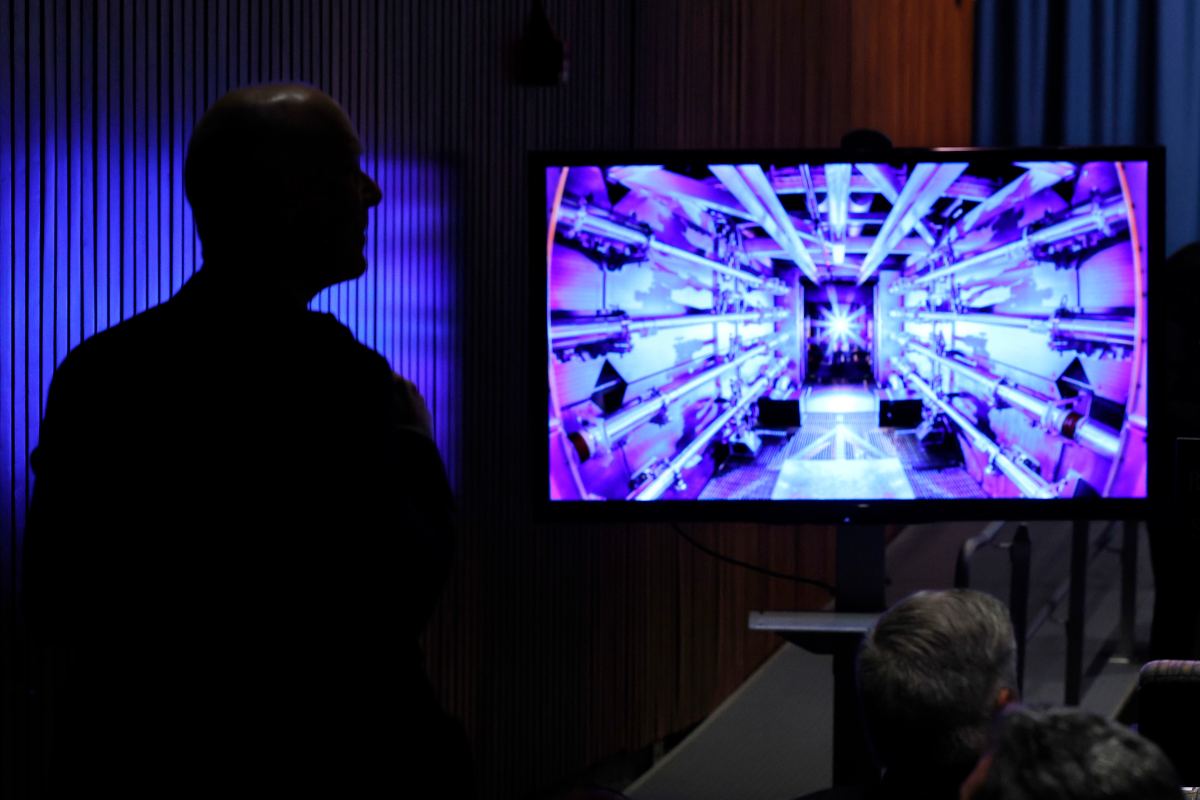Unlocking Fusion Power: How Hexium’s Laser Technology Solves the Fuel Dilemma
Fusion startups face significant challenges in their quest to revolutionize energy production. Their primary goal is to establish power plants that generate more energy than they consume, a groundbreaking achievement in the realm of fusion energy. However, amidst proving their technology and securing investor confidence, there is a crucial yet often overlooked hurdle: acquiring the necessary fuel.
Fuel Production: A Key Challenge for Fusion Startups
Many fusion startups claim they will produce their own fuel, which is technically accurate. However, this assertion simplifies a complex issue. To create tritium, a vital component for fusion reactions, these companies require a specific isotope of lithium, which is currently in limited supply.
Identifying the Supply Chain Gap
Charlie Jerrott, who previously worked at the fusion startup Focused Energy, recognized this gap in the supply chain. He noted, “No one is working on this supply chain stuff. There’s a whole bunch of fusion companies, but not a single one is focused on producing their fuel.” This realization led Jerrott and his colleague, Jacob Peterson, to launch their own venture aimed at addressing the future fuel challenges of fusion technology.
Introducing Hexium: A Solution to Fusion Fuel Production
Hexium, a startup operating in stealth mode until recently, has emerged with $8 million in seed funding. This funding round was led by MaC Venture Capital and Refactor, with participation from several other investors.
Innovative Technology for Lithium Isotope Separation
Hexium’s innovative approach employs a well-established technique known as Atomic Vapor Laser Isotope Separation (AVLIS). This method, originally developed by the Department of Energy in the 1980s for uranium isotope separation, was largely unused after the Cold War when uranium became abundantly available.
Hexium has refined this technology to specifically separate lithium isotopes. Using precisely tuned lasers, the startup can target lithium-6, effectively ignoring lithium-7. Jerrott explains, “It’ll just blow right by a lithium-7 atom. It’ll go unnoticed.”
Process of Lithium Isotope Separation
The separation process involves shining lasers into vaporized lithium clouds. When a laser interacts with a lithium-6 atom, it becomes ionized and is attracted to an electrically charged plate. This process allows Hexium to collect and condense lithium-6 into a liquid form, ready for packaging and distribution.
Market Applications for Lithium Isotopes
- Hexium will sell lithium-6 to fusion companies for tritium breeding and reactor radiation protection.
- Lithium-7 will be marketed to traditional nuclear reactors, where it serves as a protective additive in cooling systems.
Future Plans and Scalability
With the recent funding, Hexium plans to build and operate a pilot plant within the year. The aim is to produce tens to hundreds of kilograms of lithium-6 using a modular approach. As Peterson noted, “We don’t have to build a facility the size of a Costco or a football stadium. We can do it in a facility the size of a Starbucks, achieving good economics at a small scale.”
As fusion technology continues to evolve, Hexium’s innovative approach to fuel production could play a pivotal role in the future of clean energy. For more insights into the advancements in fusion energy, check out our article on the latest in fusion technology.







